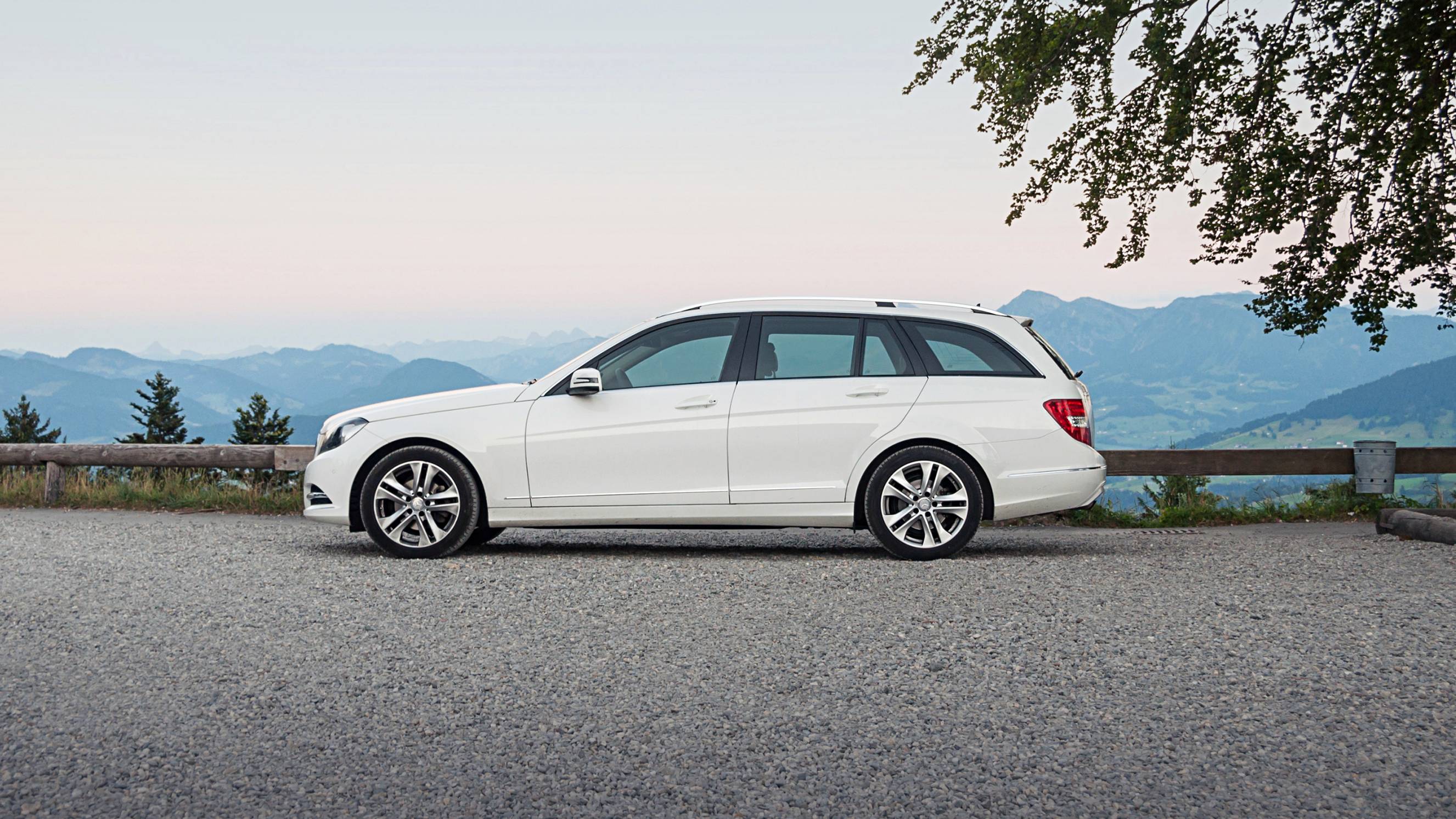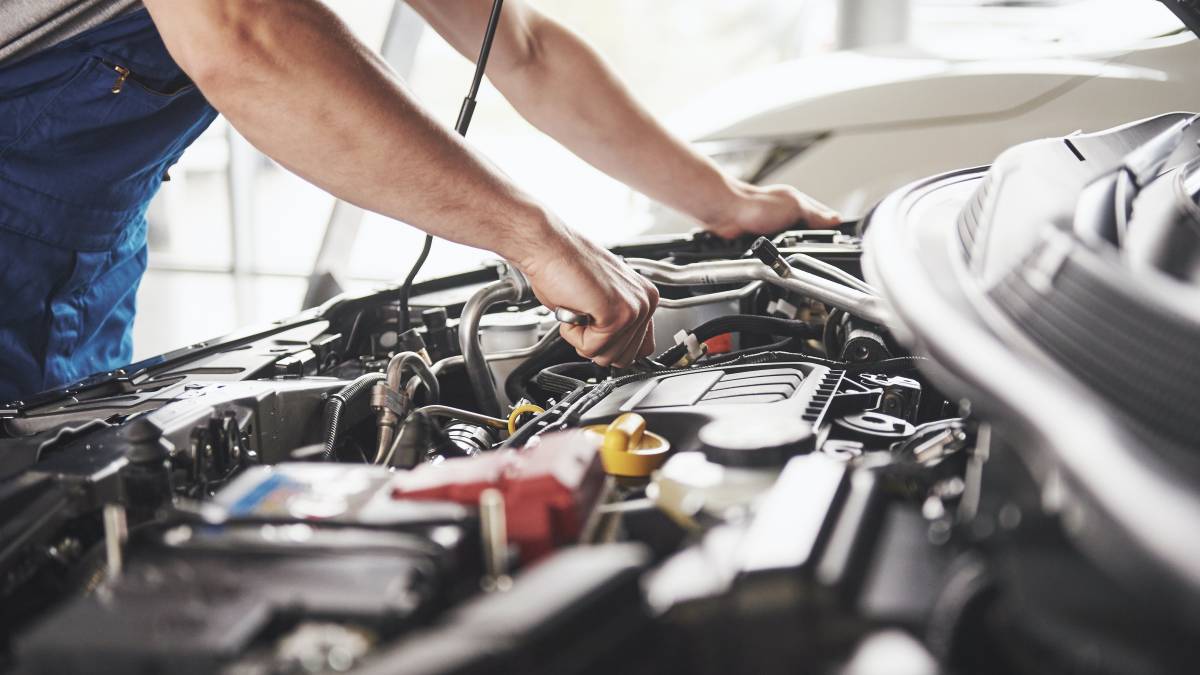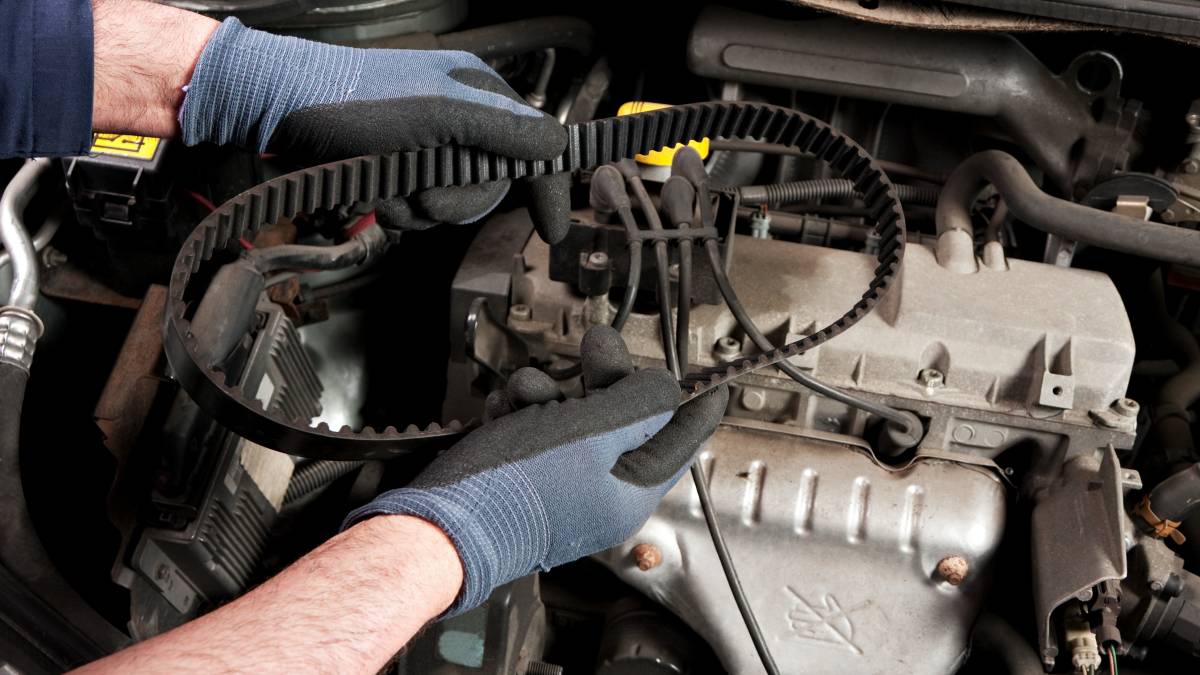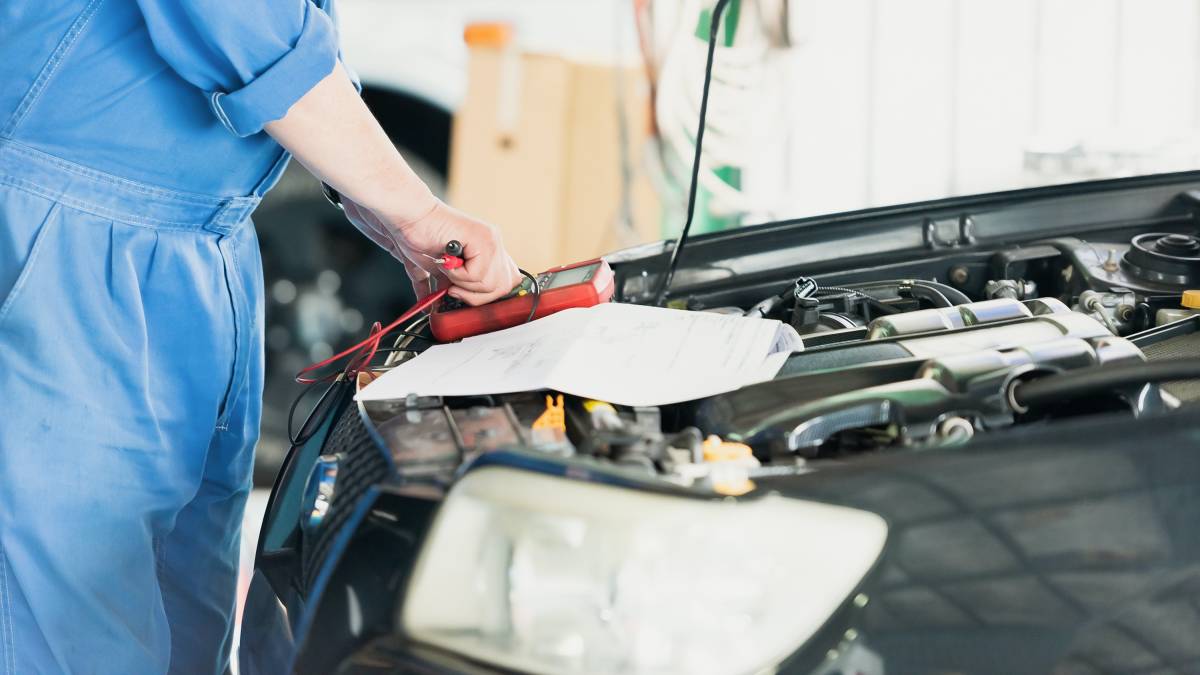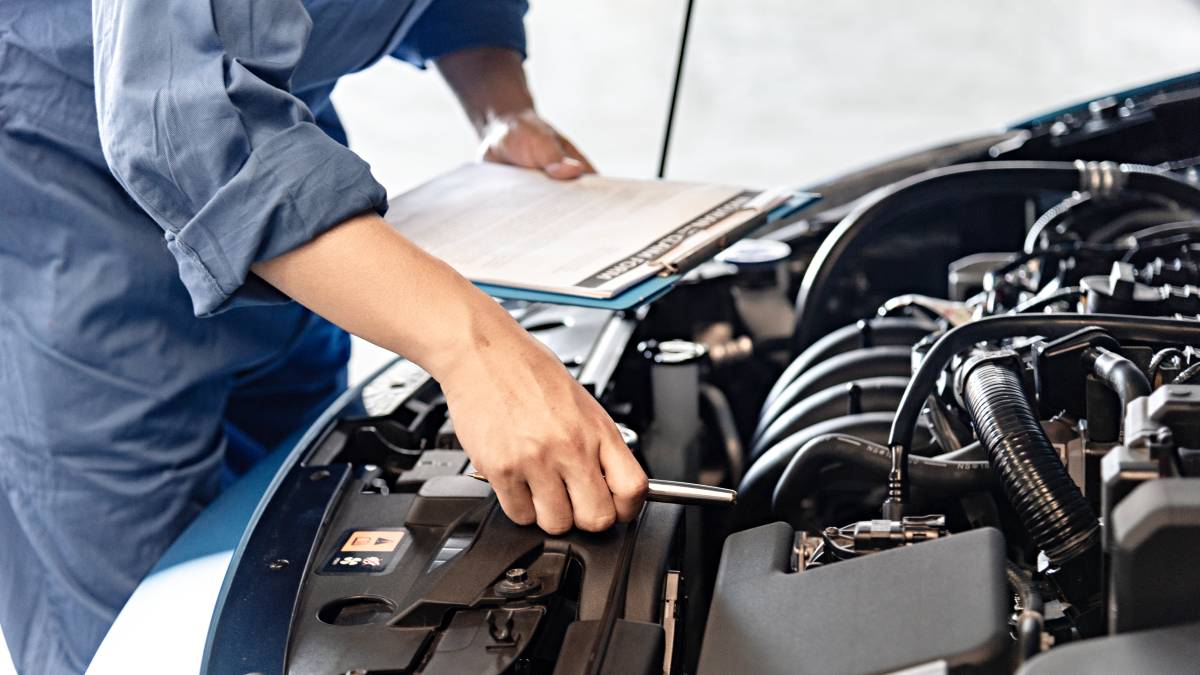
- Home/
- Comparisons/
- Car Service/
- Hatchback vs Sedan
Hatchback vs. sedan: Which should you get?
Comparing hatchbacks and sedans based on body style, passenger comfort, and more
Published on
Key Facts
- A hatchback is a two-box body type wherein one “box” houses the engine and the other houses the passenger compartment and cargo space. Hatchbacks can have 3 or 5 doors, including the rear hatch.
- A sedan is a three-box body type, meaning there’s a separate box for the engine, passenger compartment, and boot. This is your everyday 4-door passenger car.
Picking a car isn’t always easy. You can read up on its features and compare specs sheets or just go with your gut with minimal analysis. If you’re getting your first vehicle, you’ll likely choose between a hatchback vs. sedan.
Whether you value practicality, style, or performance, knowing the differences between sedans and hatchbacks can help you get your money’s worth. So, what’s up with these two car body types?
What is a hatchback car?
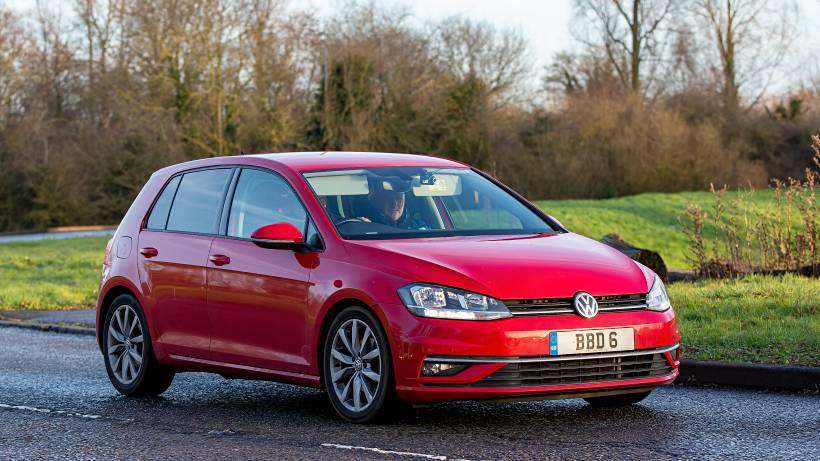
The main characteristic of a hatchback is that it does not have a separate boot. It has a rear door with a rear window that is hinged to the roof and opens upward, exactly like a hatch, to access the cargo area.
Most hatchbacks use a two-box body style, which means that one houses the engine and the other the passenger compartment and cargo space. Because of their compact size, they are marketed as city cars, easy to maneuver and zip in traffic.
While often seen as ideal starters for young, single drivers, these versatile vehicles can comfortably accommodate growing families.
What is a sedan car?
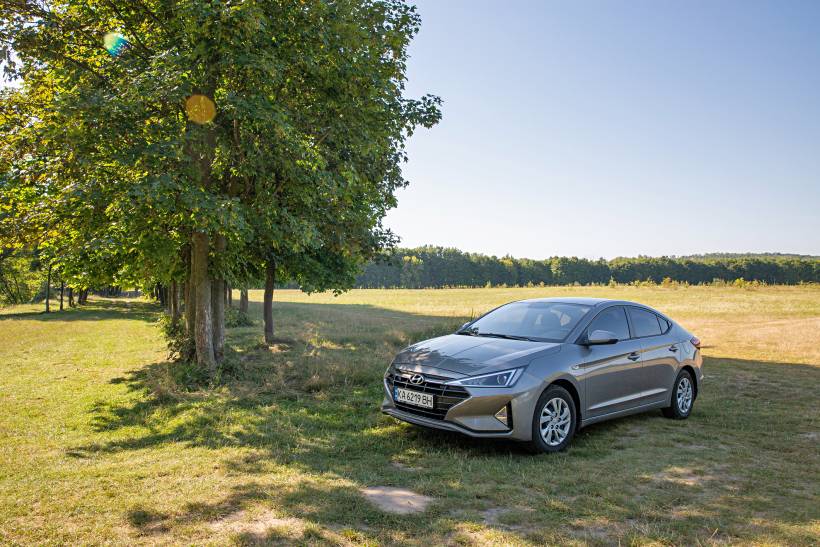
Sedans are your everyday passenger cars with 4 doors and a traditional boot. Unlike a hatchback, a sedan uses a three-box design. The first "box” houses the engine, the second is for the driver and passengers, and the third is the boot. Sedans are great city and family cars, and they’re instantly recognizable among other car body styles.
Sedan vs. hatchback: Which is better for your needs?
When deciding between hatchback cars vs. sedans, several factors come into play. Here’s a breakdown of key differences between hatchbacks and sedans to help you make the right choice:
In terms of cost
Generally, hatchbacks are more affordable than sedans. They often have lower starting prices and can be more cost-effective in terms of fuel economy, overall maintenance, and car servicing costs.
While they may come with a higher initial price tag, sedans can offer more features and a smoother ride, which may justify the additional expense for some buyers.
In terms of body style
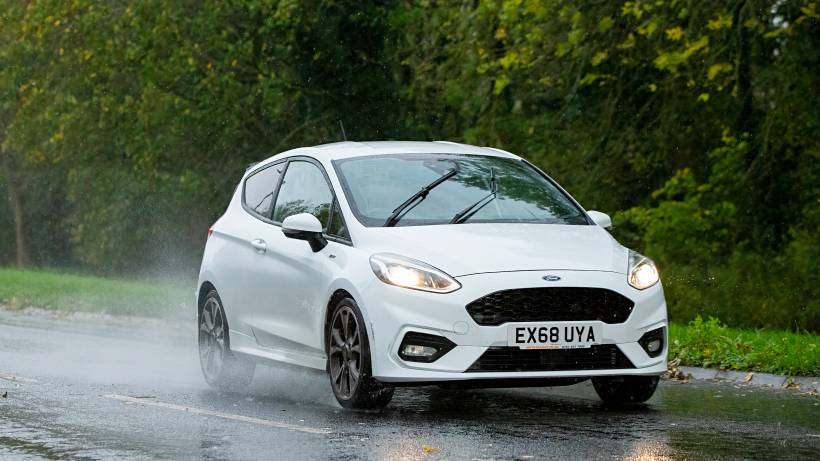
Most hatchbacks are known for their practicality, having a rear liftgate that provides easy access to the cargo area. Because of their smaller size, some hatchback designs are hip and quirky. They are often favored for their urban maneuverability. Plus, if you plan to wash your car and save money by detailing it yourself, a hatchback will make it easier for you.
On the other hand, sedans typically have a more traditional car body style with a separate trunk compartment for ample luggage space. They offer a sleeker appearance and may appeal to those seeking a more upscale look.
In terms of passenger comfort
While hatchbacks can offer ample space for passengers, you usually have less extra space. Their rear seats may feel slightly cramped due to the sloping roofline.
In contrast, sedans often provide more space for everything. Separate compartments, more boot space, and more legroom and headroom for rear passengers make them a better choice for long journeys.
In terms of cargo space
While hatchbacks have smaller initial cargo space, they can make room for more due to their folding rear seats. You can transport bulky items or gear for your outdoor activities, albeit at the cost of carrying fewer people.
Meanwhile, most sedans come with a spacious boot without compromising rear passengers’ comfort. However, compared to the foldable, open cargo area of hatchbacks, their design limits the size and shape of items that can be accommodated.
In terms of performance
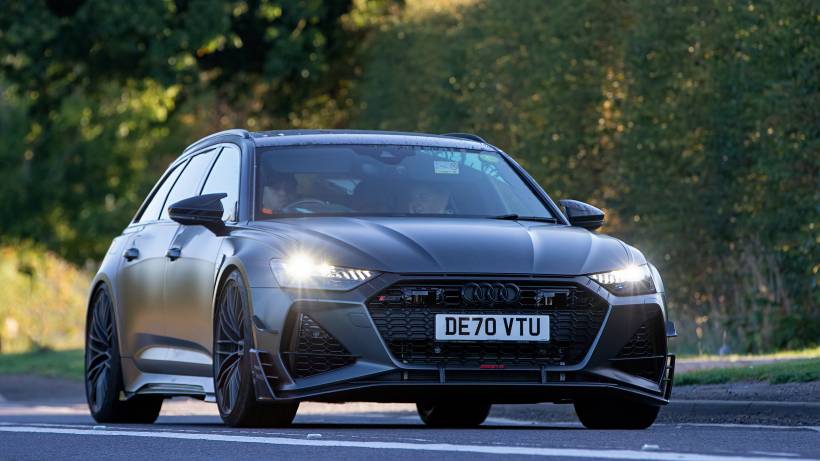
Hatchbacks are often praised for their nimble handling and agility, especially in urban environments. They typically offer responsive steering and efficient engines suited for city driving. Except for sports hatchbacks, they have less power than your typical sedan.
As for sedans, they may provide a smoother driving experience, particularly at higher speeds on the highway. They often have powerful engine options and a focus on comfort.
In terms of maintenance
Generally, hatchbacks are known for their reliability and fewer car service requirements. Depending on the make and model, their simpler design and highly available parts result in fewer car repair expenses.
Sedans often have advanced technology and luxury features that may need frequent maintenance. Parts should not be an issue if you plan on getting a popular model in the consumer market, making it easier to find an expert mechanic.
In terms of eco-friendliness
Due to their smaller size and lighter weight, hatchbacks produce less emissions. While some sedans may offer hybrid or electric options for improved efficiency, they generally require larger engines and more fuel.
However, there are exceptions among car types. A high-powered hatchback will consume more gas than a hybrid vehicle or a regular hatchback. To illustrate, you can expect an Audi TT to guzzle gas like juice compared to a Toyota Corolla, a Ford Focus, or a modest SUV. But in the same breath, a Mini Cooper or a Honda Civic hatchback can consume more petrol than standard hatchbacks and sedans.
Care for your hatchback or sedan with Airtasker
Once you’ve decided between a hatchback and a sedan, make sure your vehicle is in top condition. From routine maintenance tasks by professional mobile mechanics to specialized services such as car bodywork, Airtasker conveniently connects you to a community of professionals who can address your car care needs.
Whether you need thorough interior detailing, regular oil changes, or even minor repairs, skilled Taskers are ready to help. With Airtasker, maintaining your hatchback or sedan is easier. Simply post a task, choose a Tasker, and enjoy peace of mind knowing your vehicle is in good hands.
Hatchback vs. sedan
| Hatchback | Sedan | |
|
Cost |
Lower |
Higher |
|
Body Style |
Modern |
Classic |
|
Passenger Comfort |
Less space, especially for rear passengers |
More space for passengers and objects |
|
Cargo Space |
Expandable |
Fixed |
|
Performance |
Easy to steer through traffic |
Fast and steady on highways |
|
Maintenance |
Easier |
Harder |
|
Eco-friendliness |
Lower carbon footprint |
Higher fuel consumption |
FAQs on hatchbacks and sedans
Yes. These eco-friendly alternatives offer greater fuel efficiency and potentially lower emissions, making them a popular choice for drivers looking for a balance between practicality, performance, and environmental consciousness.
Yes. While some sedans might boast more legroom or trunk space due to their size, features like sunroofs, heated seats, and top-tier sound systems are all widely available in hatchbacks. It really depends on the specific model and trim level you’re comparing.
Generally, sedans hold their resale value slightly better than hatchbacks. This is because sedans offer more space and luxury, which can appeal to a wider range of buyers in the used car market. However, the gap between resale values is narrowing as hatchbacks become increasingly practical and feature-rich.
Find car service, fast
Post a task
Related articles
Related price guides
